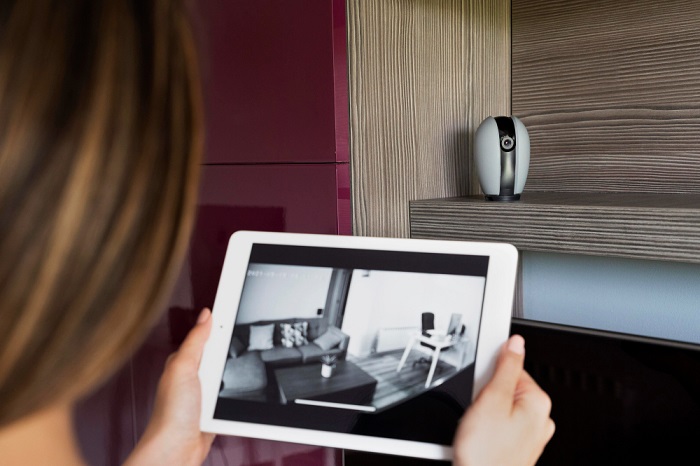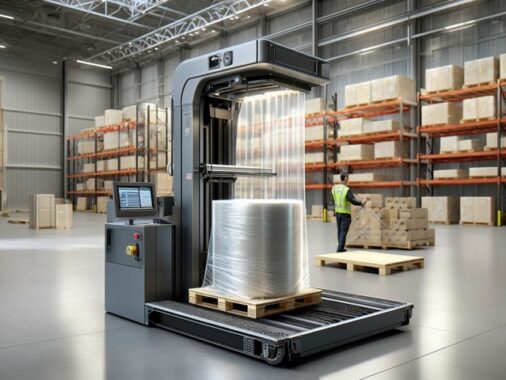In the ever-evolving world of security technology, Closed-Circuit Television (CCTV) cameras have become an indispensable tool for safeguarding our homes, businesses, and public spaces. These surveillance cameras are effective in deterring potential criminals, providing valuable evidence, and enhancing overall security. However, one significant drawback is their dependency on electricity. During power outages, traditional CCTV systems can be rendered useless, leaving vulnerabilities in our security measures. So, the question arises: does CCTV function without power? In this blog, we will explore alternatives to power CCTV cameras in a power outage, discussing innovative solutions that ensure continuous surveillance even when the lights go out.
Battery-Powered CCTV Cameras
Battery-powered CCTV cameras offer a reliable solution to maintain surveillance during power outages. With built-in rechargeable batteries, these cameras can last for extended periods, ensuring continuous monitoring even in prolonged blackouts. Their seamless switch to battery mode when the power goes out guarantees uninterrupted coverage. Furthermore, some battery-powered CCTV cameras come with energy-saving features that optimize battery usage, making them an efficient and sustainable choice for meeting security requirements. These cameras provide peace of mind, knowing that your property and assets remain under surveillance, even when facing unforeseen power disruptions.
Solar-Powered CCTV Cameras
For those seeking eco-friendly and energy-efficient solutions, solar-powered CCTV cameras present a compelling option. These cameras are equipped with solar panels that harness sunlight to charge their batteries. The camera’s batteries are continuously recharged by the solar panels throughout the day, allowing it to run off the power grid. Solar-powered cameras can keep working after a power outage as long as they get enough sunlight to keep the batteries charged. This green alternative not only ensures constant surveillance but also reduces the overall carbon footprint of the security system.
Wireless CCTV Systems

The popularity of wireless CCTV systems has grown as a result of their simplicity and adaptability. To send video data to a central monitoring station or cloud storage, many systems rely on Wi-Fi or cellular networks. They can operate without relying on electricity in any direct way as a result. These cameras can continue to provide live video feeds and alerts to users’ smartphones or other devices in the case of a power loss as long as the wireless network is still active. To ensure uninterrupted communication during lengthy blackouts, backup power for the Wi-Fi router or cellular modem is necessary.
Power Banks and Uninterruptible Power Supplies (UPS)
For existing wired CCTV systems, an interim solution to address power outages is using power banks or uninterruptible power supplies (UPS). Power banks, commonly used for charging mobile devices, can be connected to CCTV cameras to provide temporary power backup. UPS, on the other hand, acts as power reserves and can keep CCTV cameras running for an extended period. By connecting the CCTV system to a UPS, the cameras will continue to function even during power fluctuations and outages. However, it’s important to consider the capacity of the power bank or UPS, as well as the power consumption of the cameras, to ensure adequate backup power. Planning for such backup solutions can significantly enhance the reliability and effectiveness of your CCTV surveillance during unforeseen power disruptions.
Low-Light and Infrared Cameras
In some situations, power outages might coincide with low-light conditions, such as during nighttime or in poorly lit areas. In such cases, low-light and infrared (IR) cameras can be valuable alternatives. Low-light cameras are specifically designed to capture clear images in dimly lit environments, relying on advanced image sensor technologies to enhance visibility. IR cameras, on the other hand, use infrared illumination to record video footage even in complete darkness. These cameras can be equipped with built-in IR LEDs or separate IR illuminators to maintain surveillance efficacy during power outages when traditional lighting sources are unavailable.
Dual Power Source Cameras
Dual power source cameras provide redundancy by offering multiple power options for continuous operation. These cameras can be powered both by a standard electrical outlet and battery, ensuring that even if the main power supply fails, the camera switches to the backup battery automatically. This approach combines the advantages of both wired and battery-powered systems, offering enhanced reliability and peace of mind during power outages. With this setup, users can rest assured that their surveillance system will remain functional regardless of external power disruptions, making it an ideal choice for critical security applications where uninterrupted monitoring is essential.
Final Thoughts
Ensuring continuous surveillance during a power outage is critical for maintaining robust security measures. While traditional CCTV cameras that solely rely on electricity may be rendered ineffective during blackouts, advancements in security technology have introduced several viable alternatives. From battery-powered and solar-powered cameras to wireless systems, low-light cameras, and dual-power source cameras, there are various solutions available to keep your premises secure, even when the lights go out.






